Nazareno 2025: A close-up at this year’s Traslacion in photos
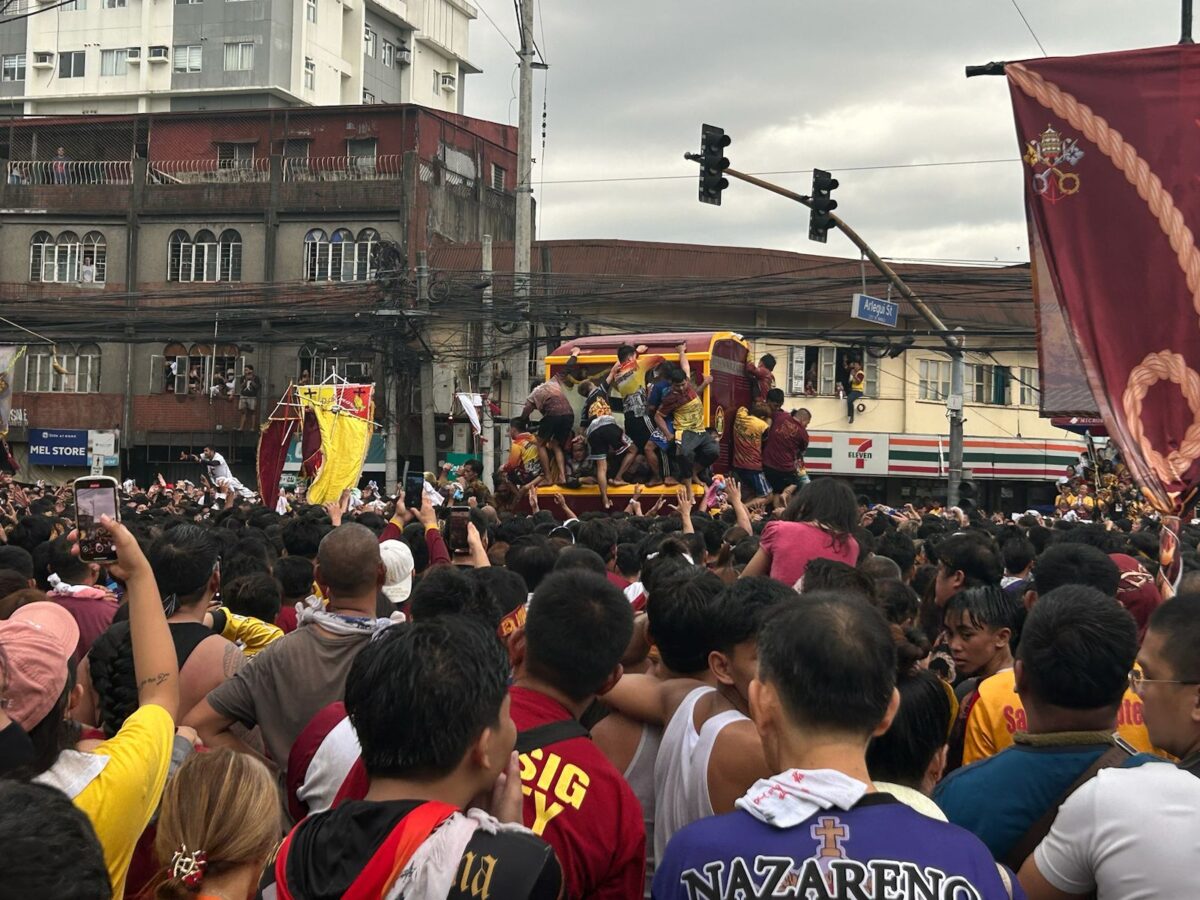
NAZARENO 2025 Thousands of devotees follow the andas, or carriage of the Jesus Nazareno image, during the Traslacion in Manila on Thursday, January 9, 2025. INQUIRER.net/Zacarian Sarao
MANILA, Philippines — Every year, the Feast of Jesus Nazareno draws thousands—if not millions of devotees—to the annual Traslacion, a procession that commemorates the transfer of the Nazareno image to the Minor Basilica and National Shrine of Jesus Nazareno, more commonly known as the Quiapo Church.
During the Traslacion, devotees flood the streets where the carriage, or andas, will pass through in hopes of being able to see and touch the image or even just the andas.
In this article, INQUIRER.net offers a close-up look at the procession, providing readers with a slice of what happens during Traslacion and what it takes to participate in it.
Terminology
Perhaps one of the most important things to shed light on Traslacion—especially for those considering joining the tradition—are the terms commonly used by devotees.
Understanding the unique language of the procession is essential for anyone who wishes to join. These words serve as a guide to the devotees which prompt specific action among participants. Among the most noticeable and vital words are the following:
Article continues after this advertisement- Agos translates to “flow”. It refers to the direction the procession is taking, often shouted to indicate where the andas is headed.
- Siko means “elbows”. It is a term devotees shout to remind people to only use their elbows when pushing, not their hands and/or bodies to avoid injuries and/or losing balance.
- Tuhod or “knee”. As constant shoving is already expected during the procession, people shout “tuhod” to basically say “steady,” a call to adjacent devotees being shoved to push back with the same force to prevent the group from toppling over.
- Ligo translates to “to take a bath” or to “take a shower.” It refers to devotees’ request for water, often yelled at onlookers and nearby residents who typically respond by dousing devotees with water.
These terminologies symbolize how devotees still help and prioritize the well-being of one another despite the chaos that usually comes with the procession.
Article continues after this advertisementNazareno 2025: The People
During the Traslacion, the streets surrounding Quiapo from the Quirino Grandstand become a human ocean moving in the rhythm of the andas.
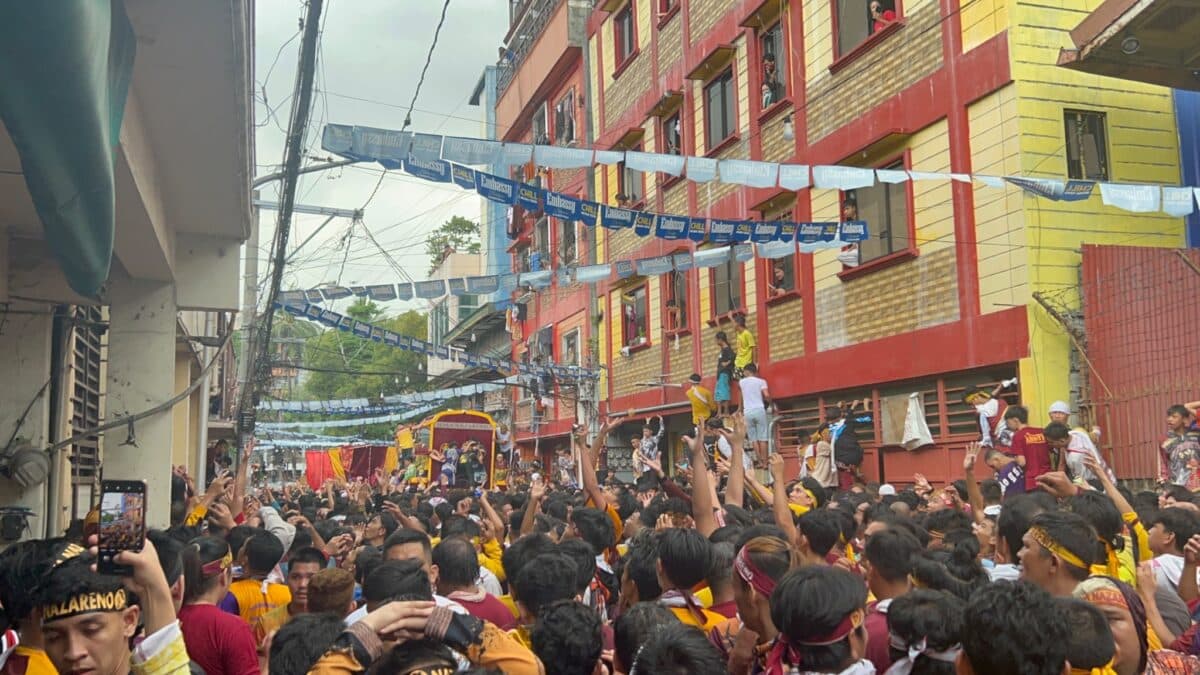
Thousands of devotees follow the andas, or carriage of the Jesus Nazareno image, during the Traslacion in Manila on Thursday, January 9, 2025. INQUIRER.net/Zacarian Sarao
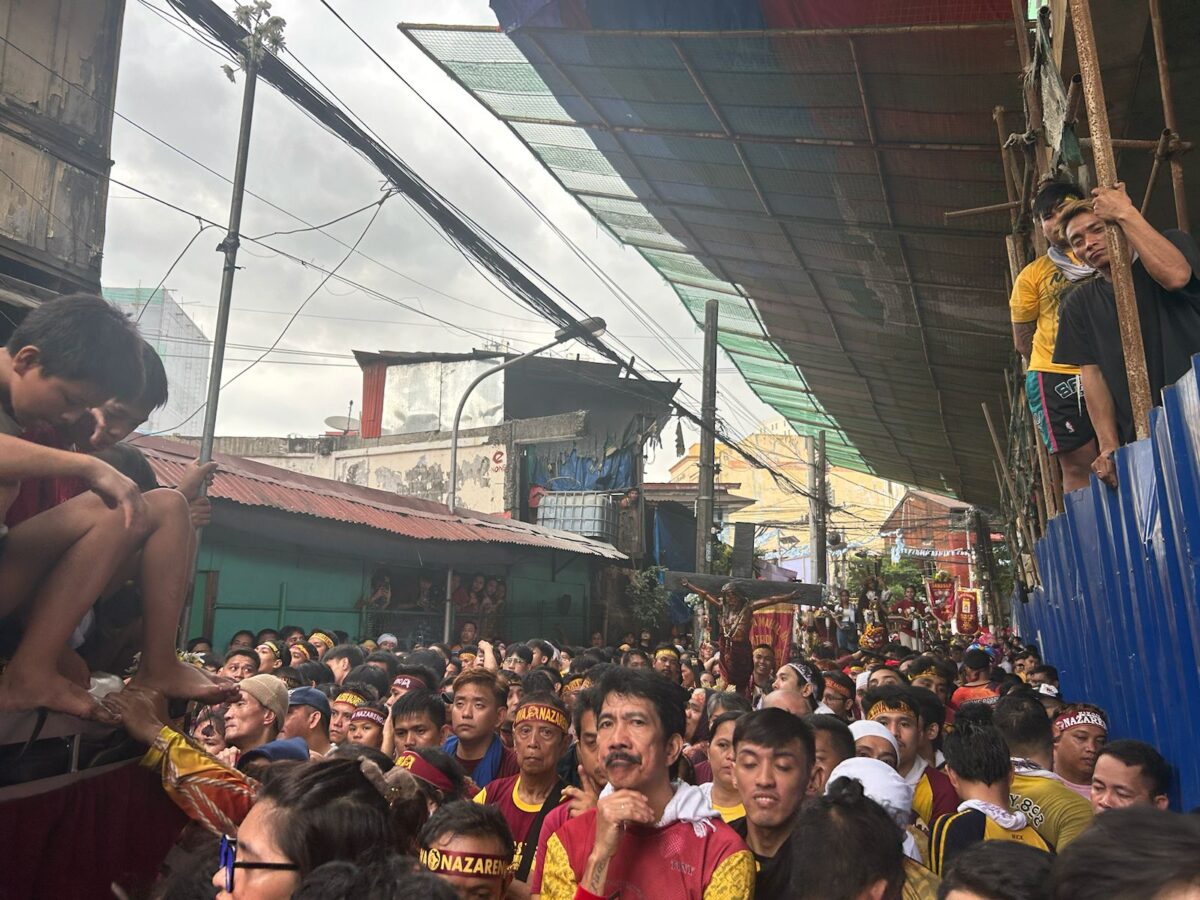
Thousands of devotees follow the andas, or carriage of the Jesus Nazareno image, during the Traslacion in Manila on Thursday, January 9, 2025. INQUIRER.net/Zacarian Sarao
As you get closer to the andas by sheer will, it gets to a point where it becomes impossible to move, being so close to adjacent participants to the point where you’re all literally skin to skin.
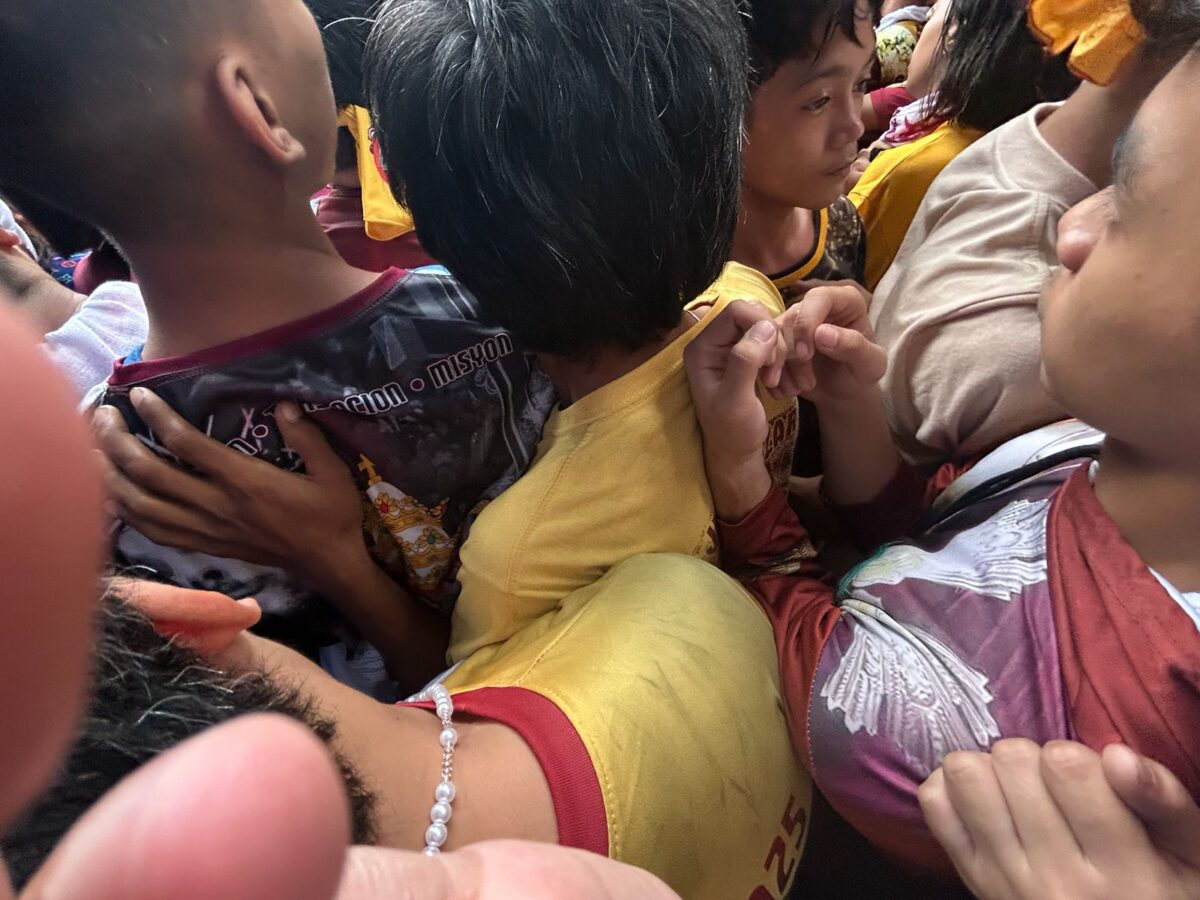
Thousands of devotees follow the andas, or carriage of the Jesus Nazareno image, during the Traslacion in Manila on Thursday, January 9, 2025. INQUIRER.net/Zacarian Sarao
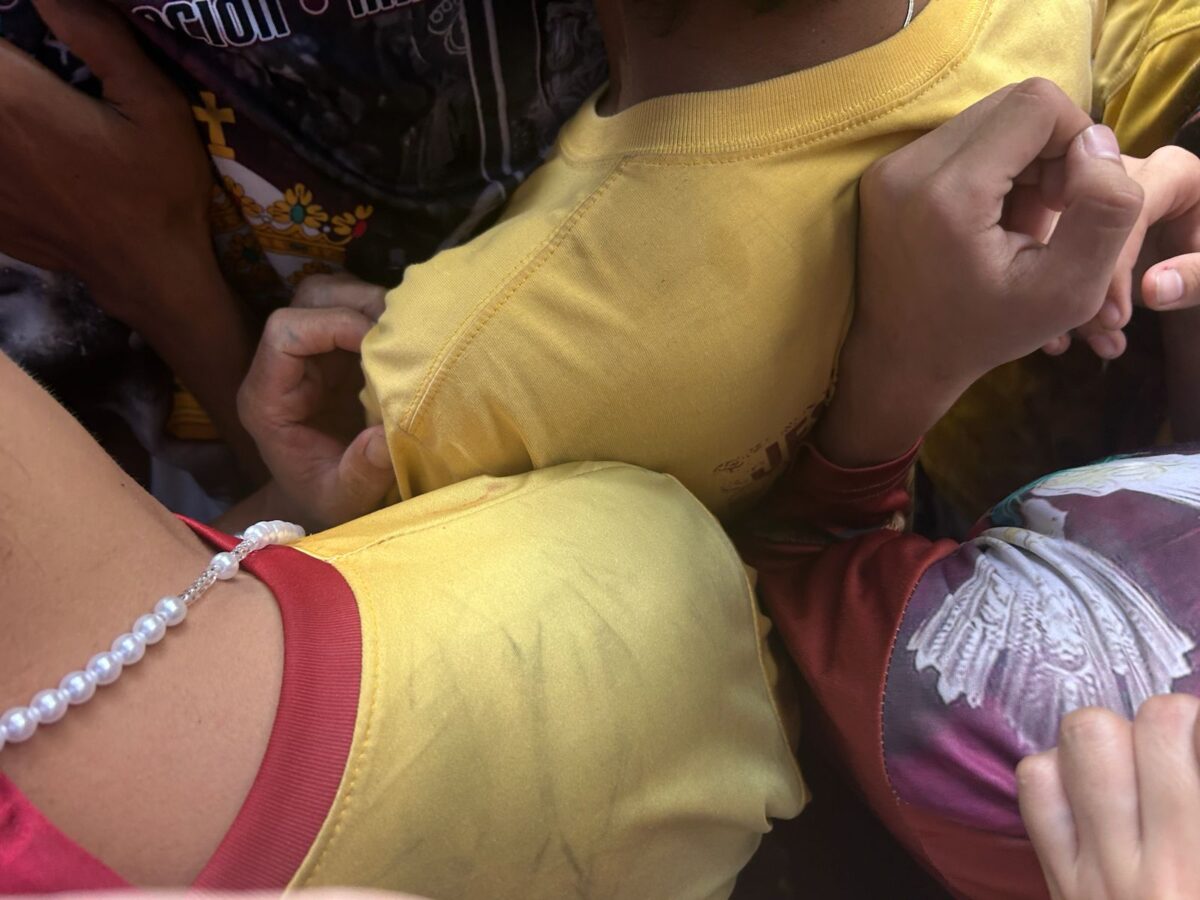
Thousands of devotees follow the andas, or carriage of the Jesus Nazareno image, during the Traslacion in Manila on Thursday, January 9, 2025. INQUIRER.net/Zacarian Sarao
Meanwhile, intersections entail one of the trickier parts of the procession, as different crowds—one following the andas itself, and the other trying to outsmart the route by shortcutting—join together. This means the crowd doubles in size, which often results in a lot of aggressive pushing and shoving between devotees.
It is at these moments when the procession-specific terminologies are used, specifically “siko” and “tuhod.”
These simple words prove extremely effective in allowing devotees to coordinate with one another and minimize the negative effects of sudden disorder.
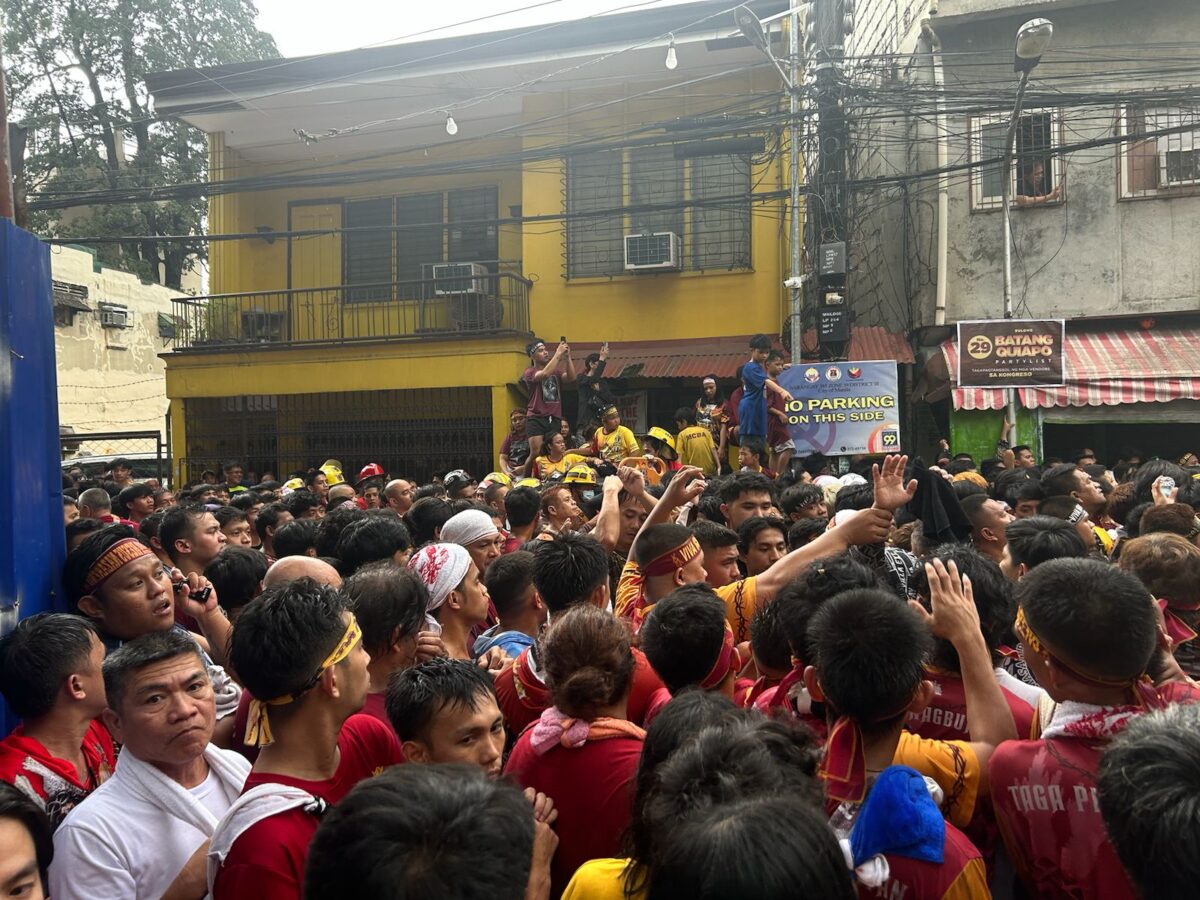
NAZARENO 2025 Thousands of devotees follow the andas, or carriage of the Jesus Nazareno image, during the Traslacion in Manila on Thursday, January 9, 2025. INQUIRER.net/Zacarian Sarao
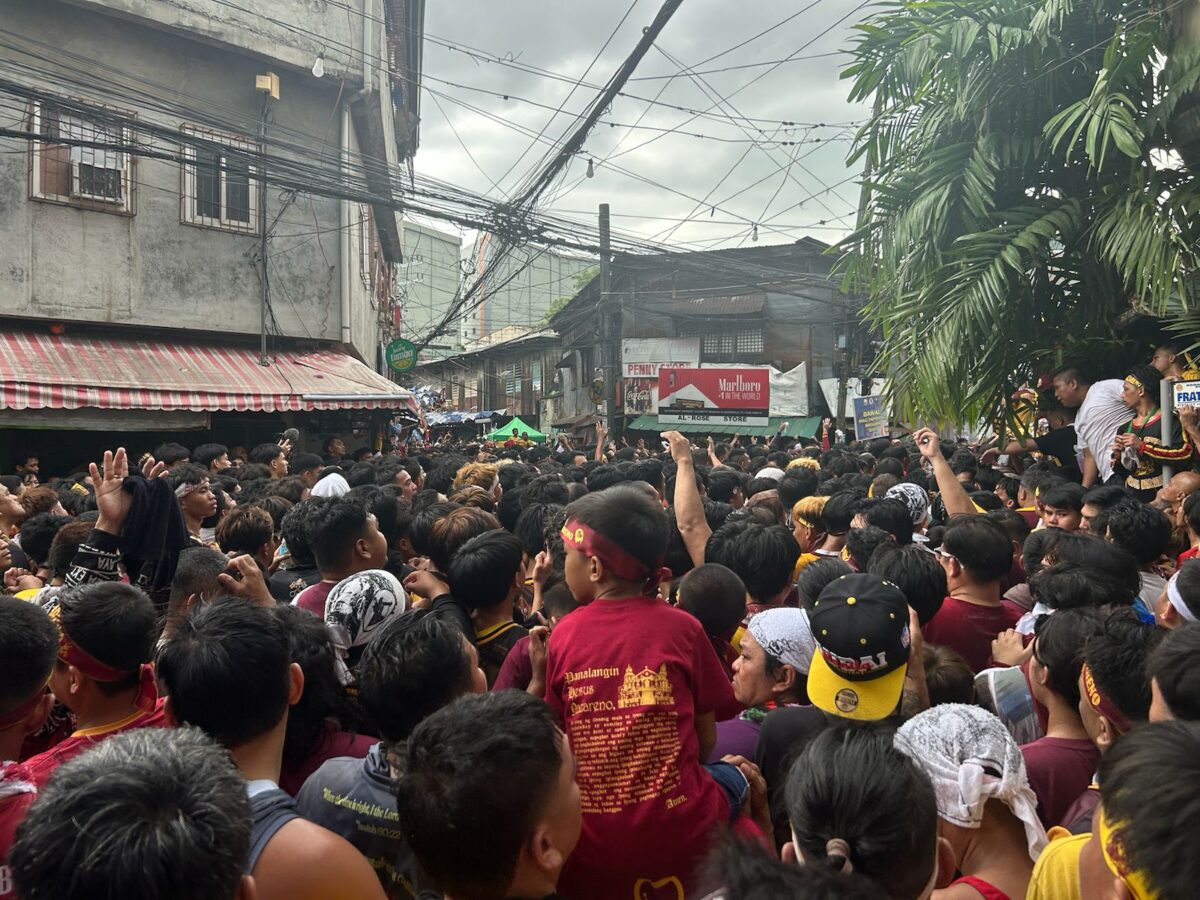
Thousands of devotees follow the andas, or carriage of the Jesus Nazareno image, during the Traslacion in Manila on Thursday, January 9, 2025. INQUIRER.net/Zacarian Sarao
Oftentimes, when things get a little too rough, some devotees then opt to back out of the procession. They signal their surrender by raising both hands, a gesture automatically understood by other devotees that they wish to get out.
Once someone has made the gesture, adjacent devotees do their best to give way to these people to allow them to get out. Some devotees at the edge of the crowd even pull those raising their hands out of the crowd.
The same goes for people who have already managed to touch the andas and have marked a mission success.
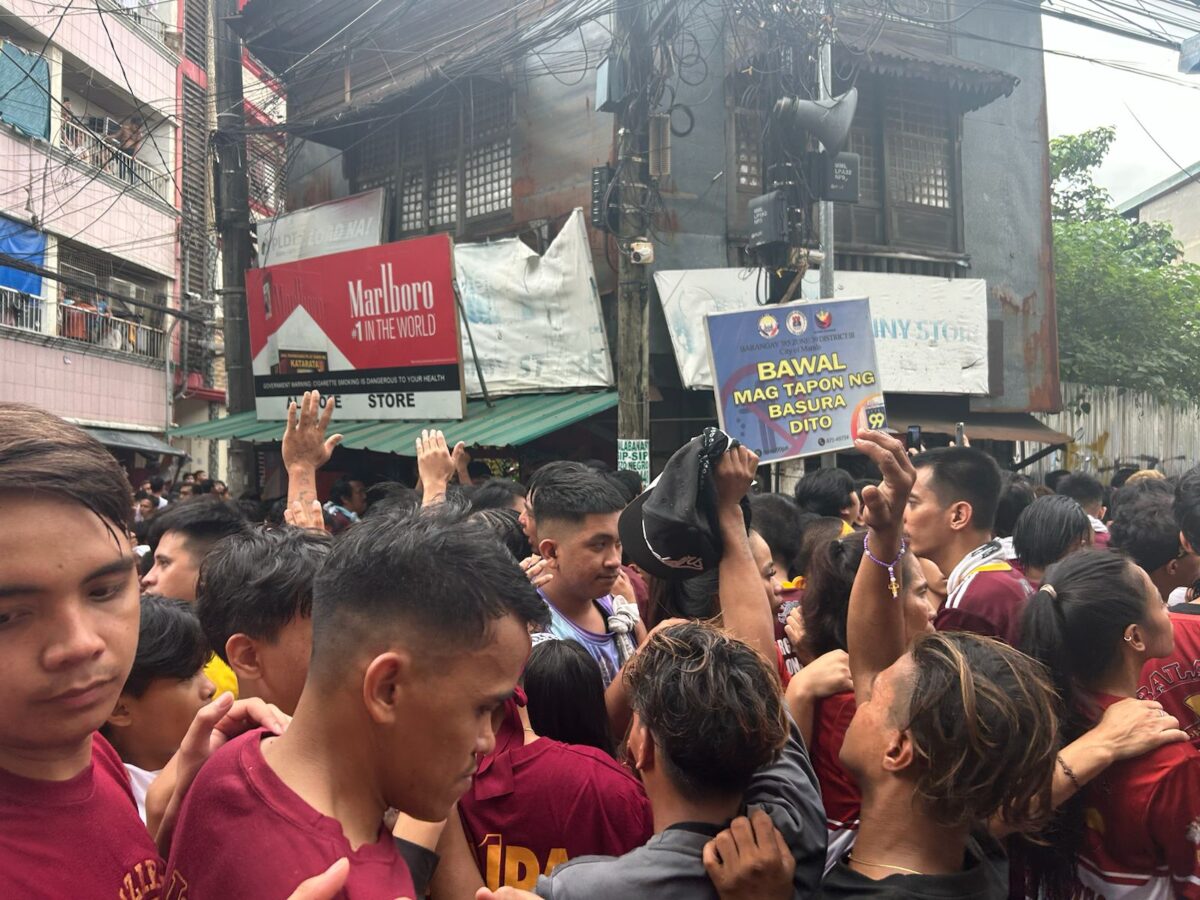
Thousands of devotees follow the andas, or carriage of the Jesus Nazareno image, during the Traslacion in Manila on Thursday, January 9, 2025. INQUIRER.net/Zacarian Sarao
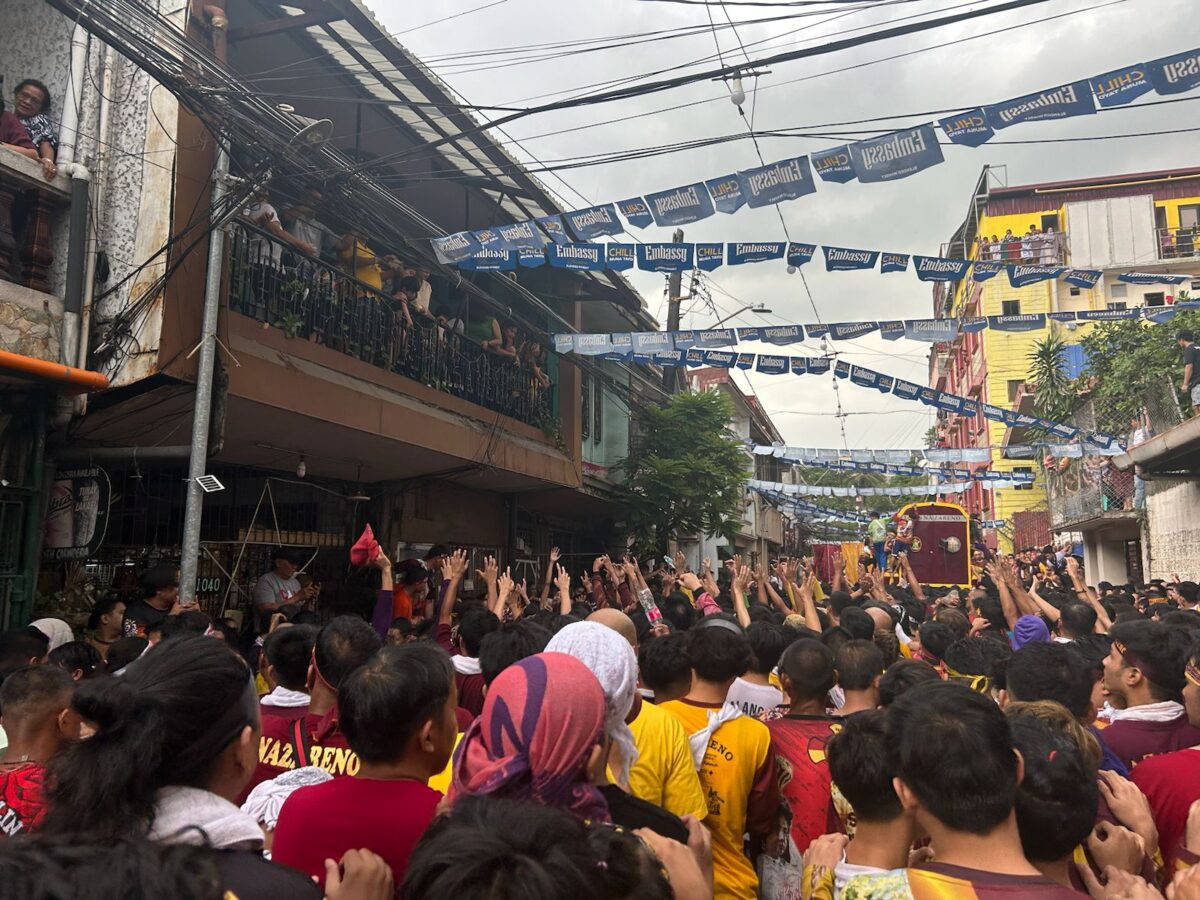
Thousands of devotees follow the andas, or carriage of the Jesus Nazareno image, during the Traslacion in Manila on Thursday, January 9, 2025. INQUIRER.net/Zacarian Sarao
Of course, such gestures don’t always mean surrender. A lot of times, big groups of people raising their hands really mean that nearby residents are distributing food and water to the devotees.
And in some cases, the same gestures signal the request for “ligo,” prompting nearby onlookers and residents to throw water at them to cool them down.
So in most cases, the wet people you see aren’t actually wet from sweat, but rather from the water that cooled them down.

Photo by Zacarian Gavin Sarao
Nazareno 2025: The chaos
During the Traslacion, the real danger isn’t being stuck between crowds. Amid the chaos, the true danger lies in being too close to the andas where an uncontrollable surge of devotees usually occurs.
These surges cause perilous pressure not just to the devotees but also to the andas.
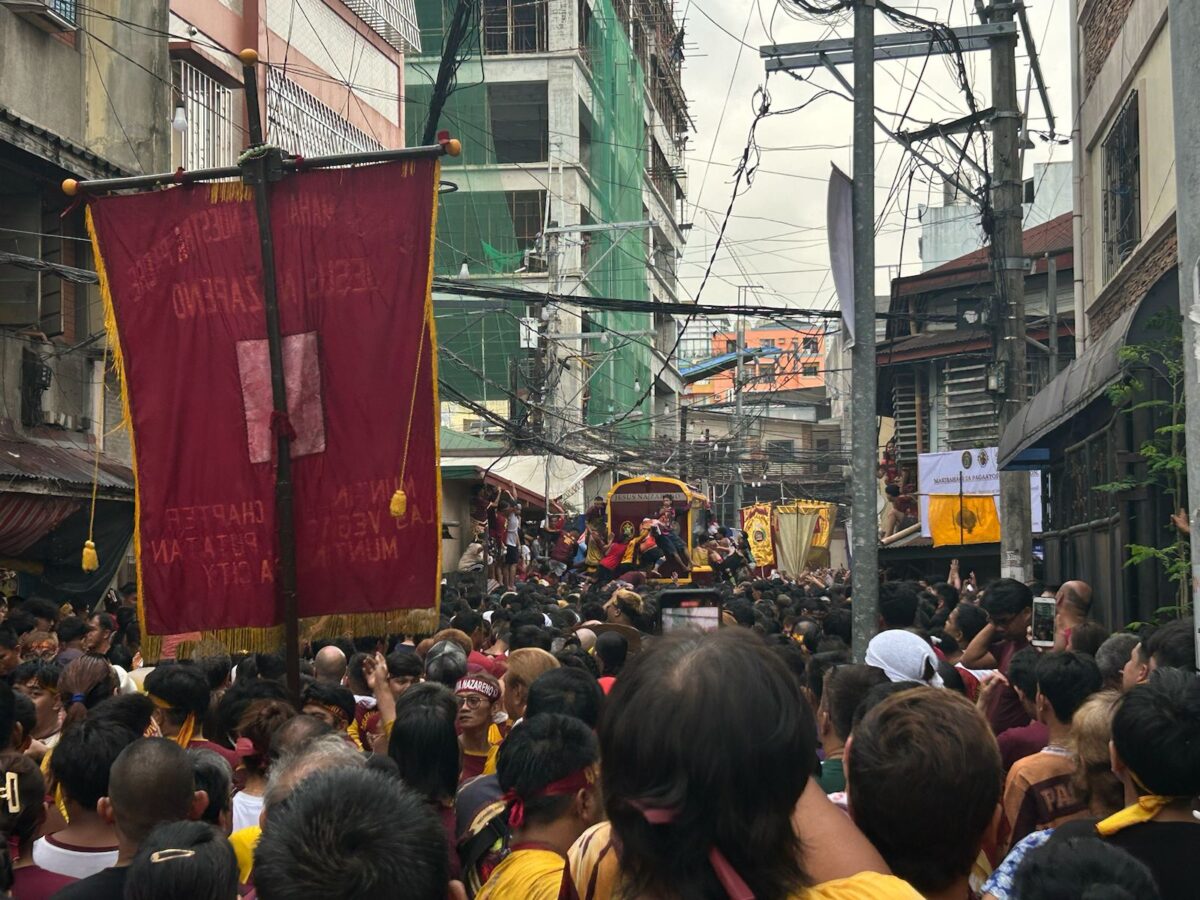
Thousands of devotees follow the andas, or carriage of the Jesus Nazareno image, during the Traslacion in Manila on Thursday, January 9, 2025. INQUIRER.net/Zacarian Sarao
Even when the Quiapo Church itself discourages devotees, it doesn’t actually stop them from attempting to touch the Nazareno directly.
Such chaos also doesn’t leave the andas unscathed. At one point—and perhaps several times during the entire procession—the carriage tilted to its side, almost falling, which presented a hazard not just to the devotees surrounding it and the hijos, but the Nazareno itself.
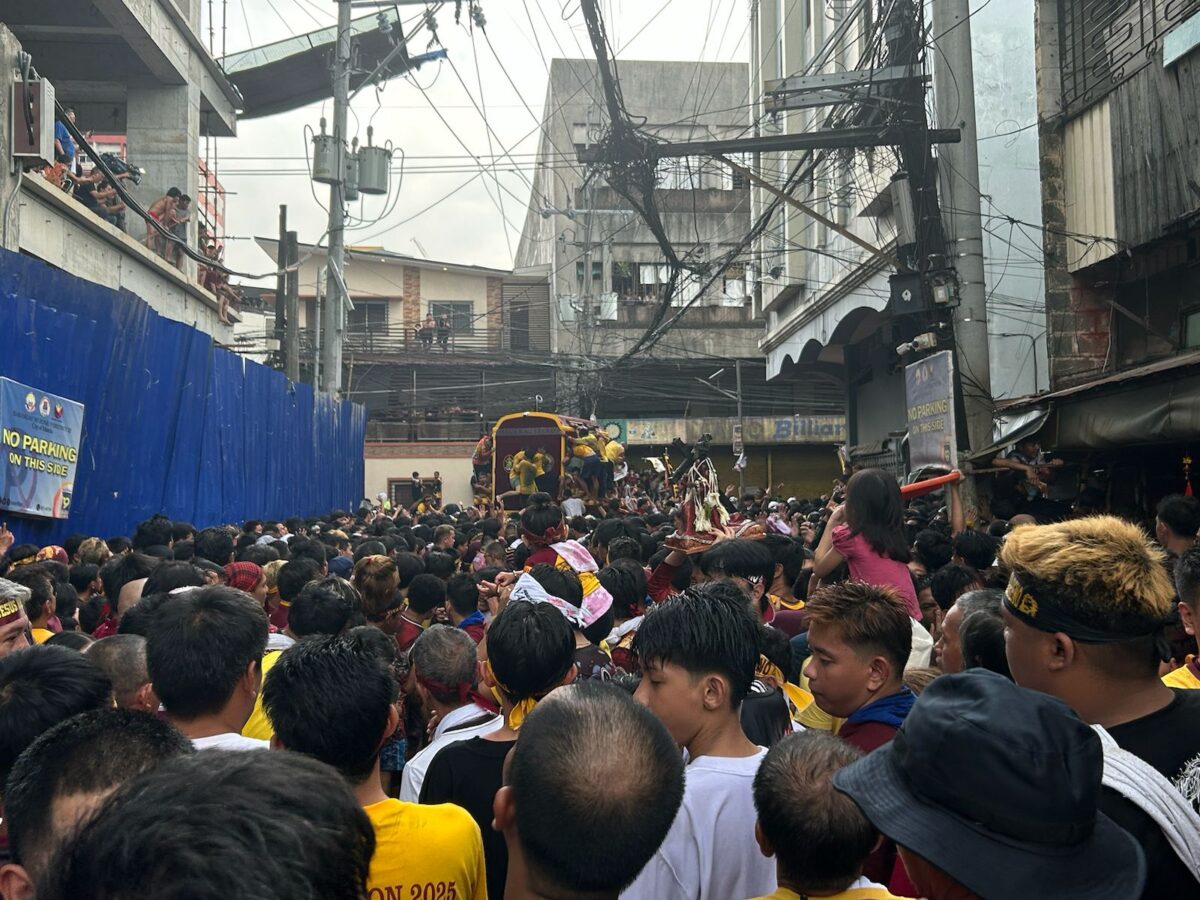
NAZARENO 2025 Thousands of devotees follow the andas, or carriage of the Jesus Nazareno image, during the Traslacion in Manila on Thursday, January 9, 2025. INQUIRER.net/Zacarian Sarao
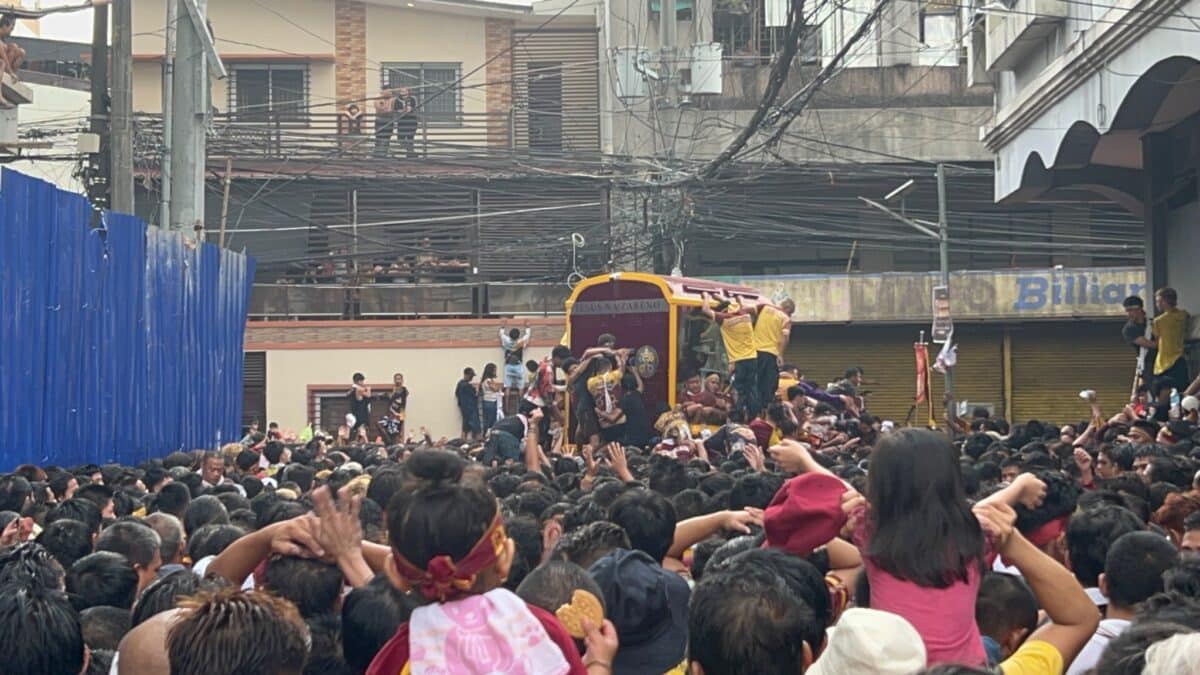
Thousands of devotees follow the andas, or carriage of the Jesus Nazareno image, during the Traslacion in Manila on Thursday, January 9, 2025. INQUIRER.net/Zacarian Sarao
Thankfully, the andas always recovers, much to the joy of devotees who actively chant “Viva, Viva, Viva!”
Such dangerous cases also don’t stop devotees. Once the andas recovers, devotees immediately climb the carriage, if they even really stopped in the first place.
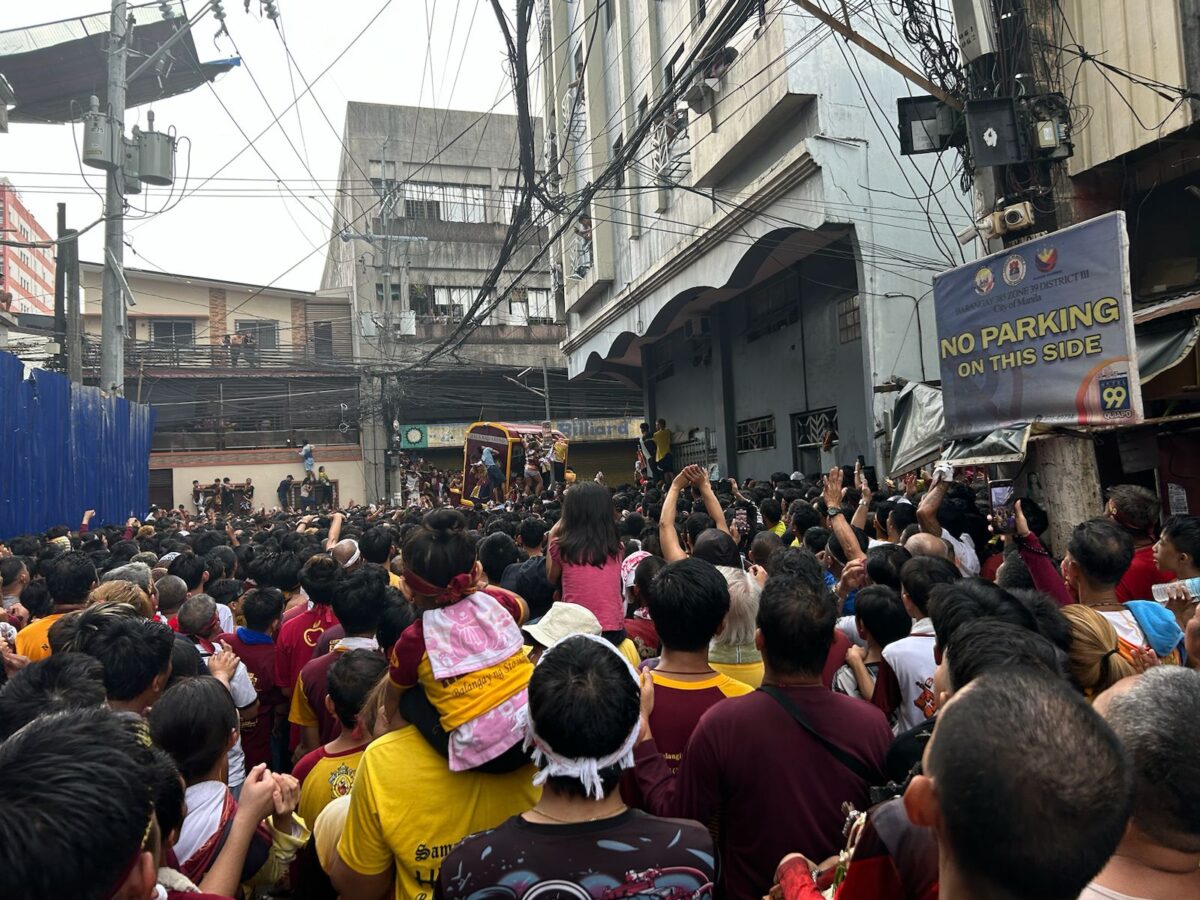
Thousands of devotees follow the andas, or carriage of the Jesus Nazareno image, during the Traslacion in Manila on Thursday, January 9, 2025. INQUIRER.net/Zacarian Sarao
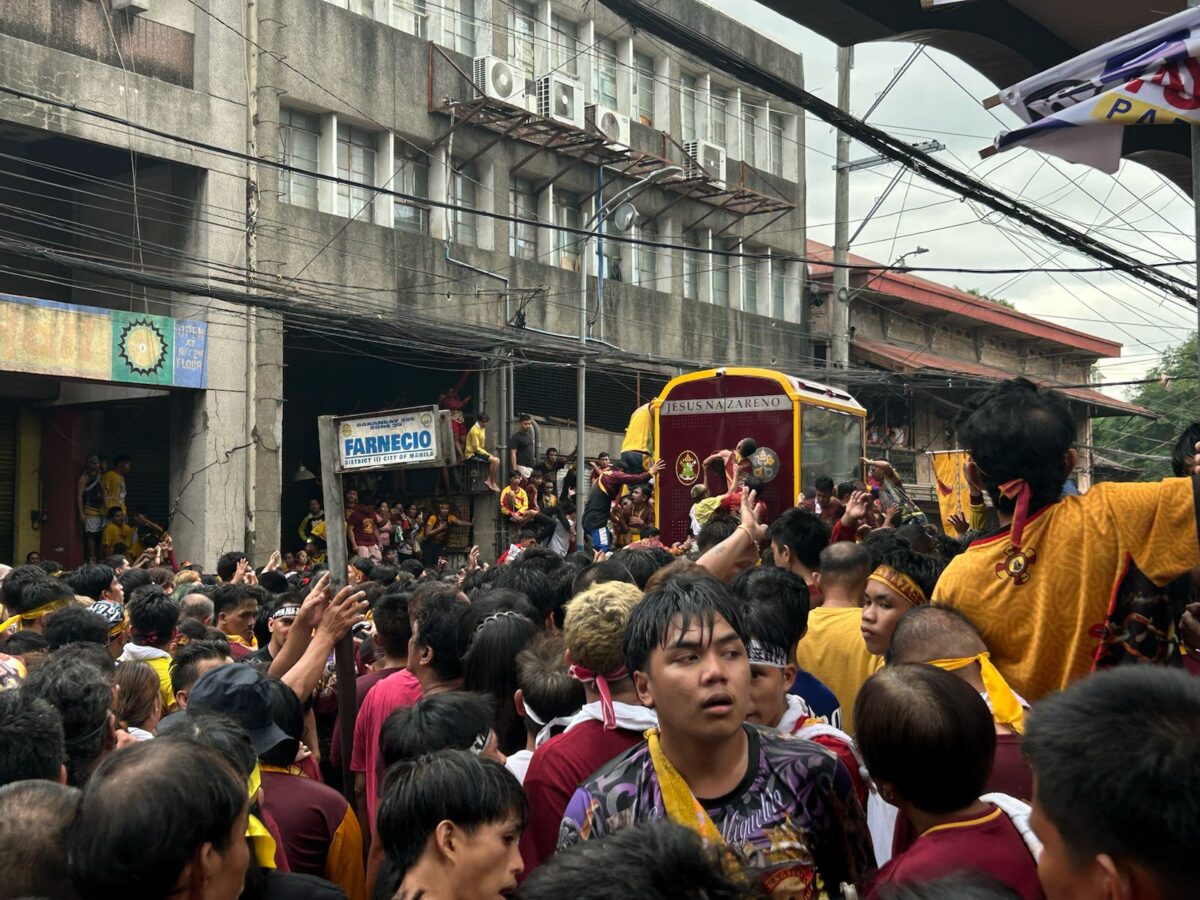
Thousands of devotees follow the andas, or carriage of the Jesus Nazareno image, during the Traslacion in Manila on Thursday, January 9, 2025. INQUIRER.net/Zacarian Sarao
Nazareno 2025: The casualties
For the devotees, the risks of joining the Traslacion are an accepted part of their faith – even a testament to their unwavering dedication to the Jesus Nazareno.
Because of this, injuries are a common sight in the procession as medics work tirelessly by actively trying to maneuver around crowds to assist injured devotees, who are mostly hurt following attempts to climb the andas.
Exhaustion and overheating are also common culprits, thankfully, medics are usually quick to respond with the help of devotees.
This year’s Traslacion once again puts the unwavering devotion of millions of devotees on full display.
The procession itself serves as a testament to their faith and resilience—a shared journey where they are pushed to their limits.

Thousands of devotees follow the andas, or carriage of the Jesus Nazareno image, during the Traslacion in Manila on Thursday, January 9, 2025. INQUIRER.net/Zacarian Sarao
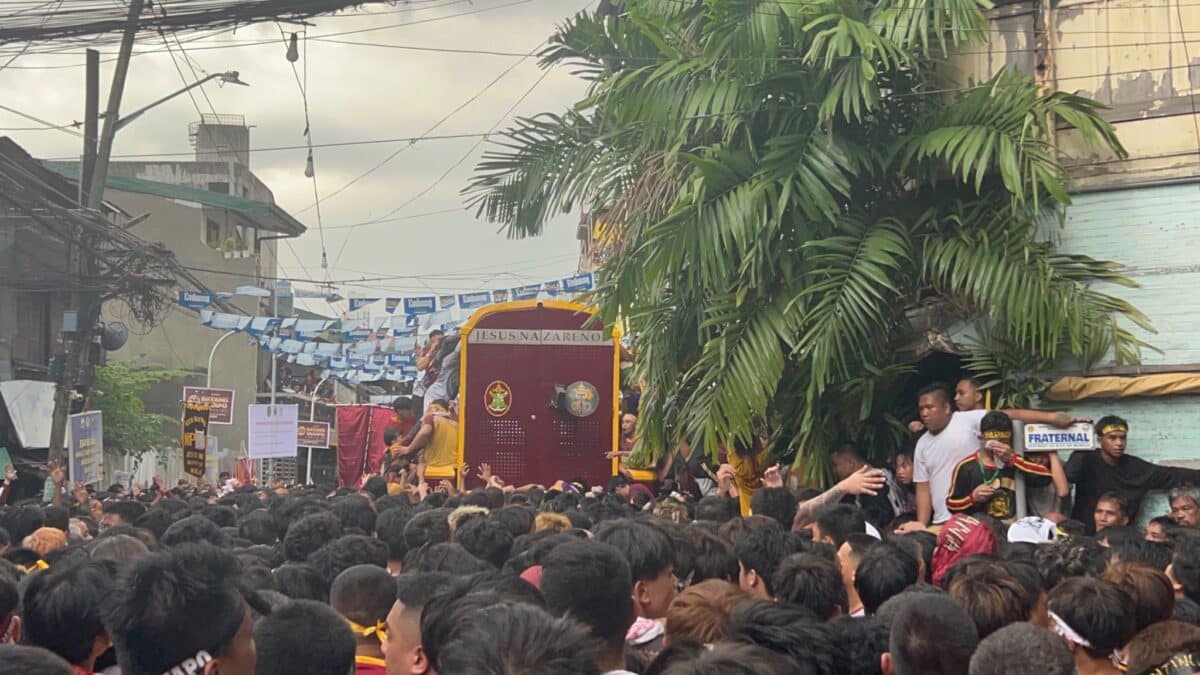
Thousands of devotees follow the andas, or carriage of the Jesus Nazareno image, during the Traslacion in Manila on Thursday, January 9, 2025. INQUIRER.net/Zacarian Sarao
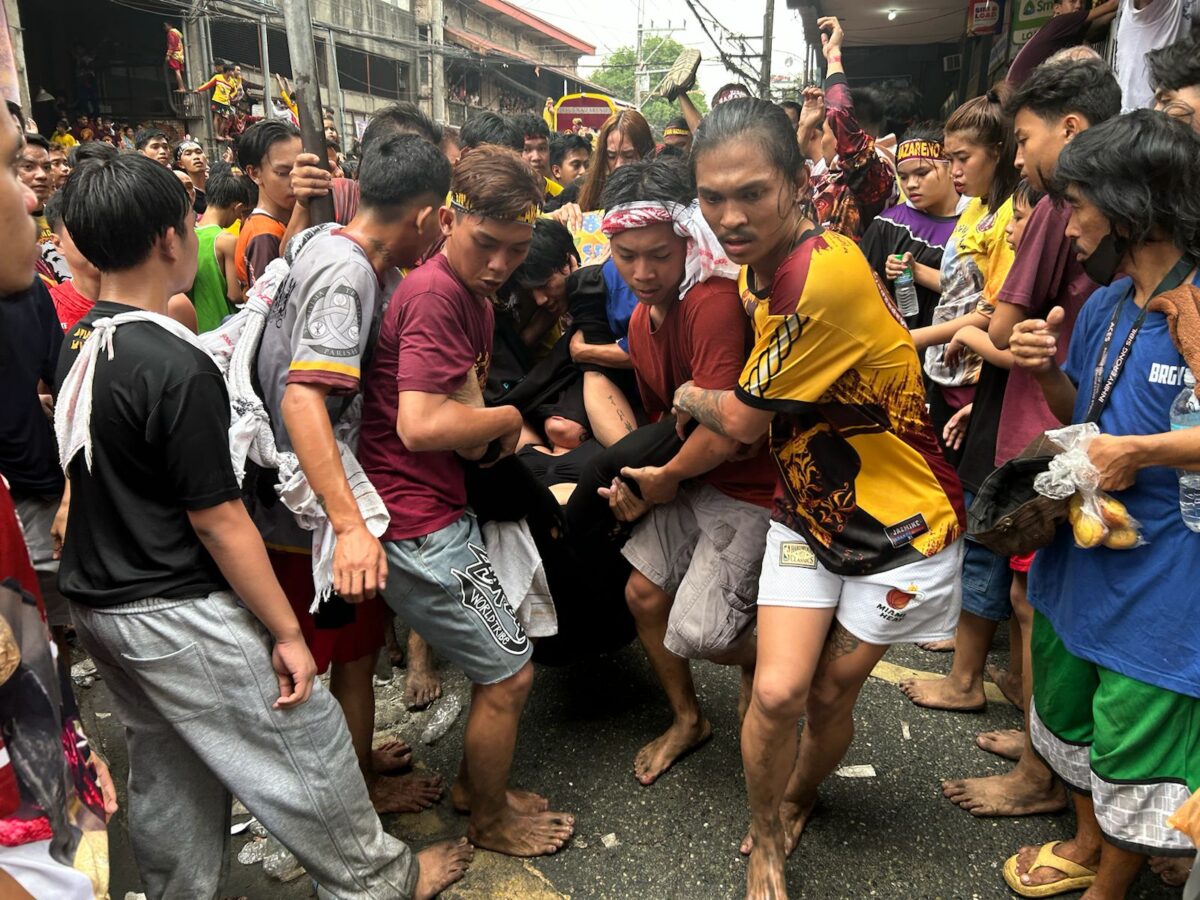
A distressed devotee is being rushed to the nearest medic as the huge crowd follows the andas, or carriage of the Jesus Nazareno image, during the Traslacion in Manila on Thursday, January 9, 2025. INQUIRER.net/Zacarian Sarao
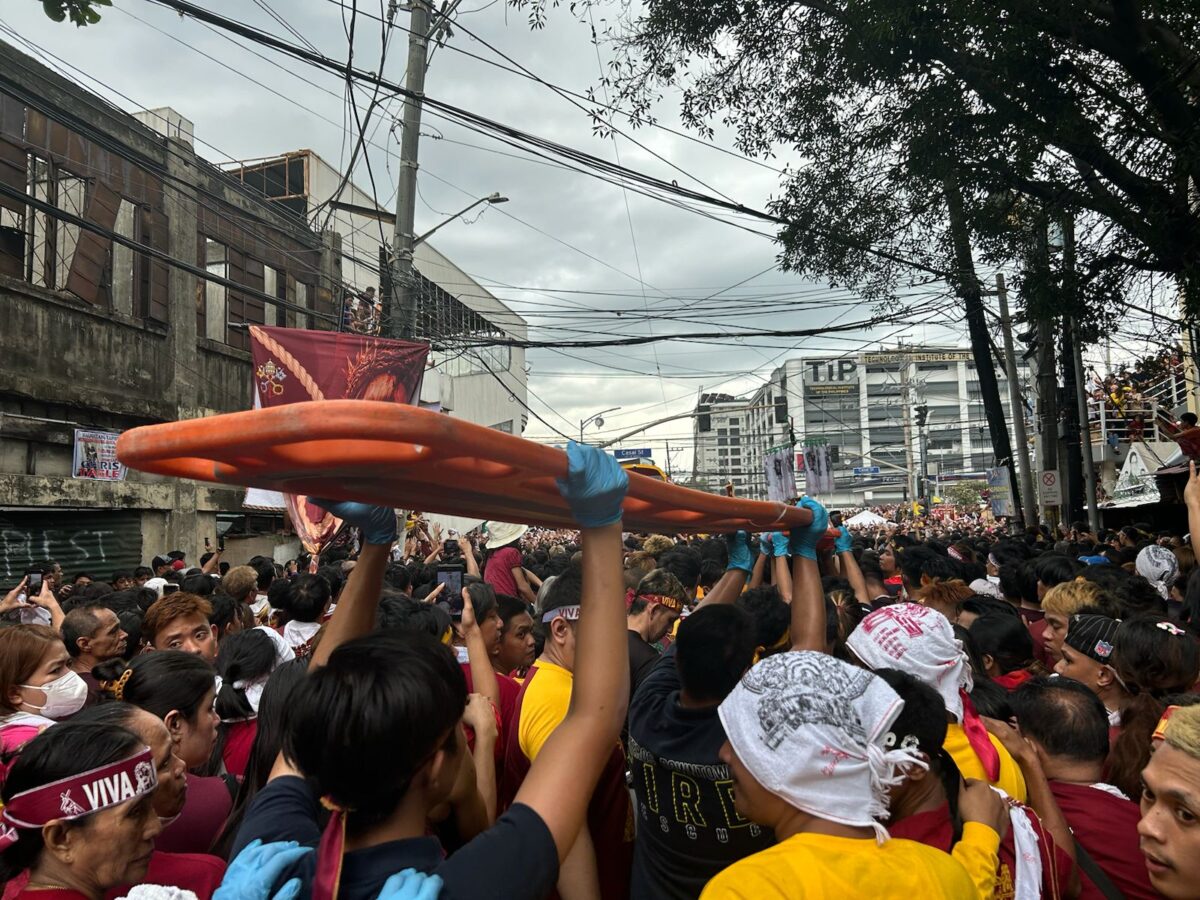
Medics and volunteers try to rescue a distressed devotee as the huge crowd follows the andas, or carriage of the Jesus Nazareno image, during the Traslacion in Manila on Thursday, January 9, 2025. INQUIRER.net/Zacarian Sarao
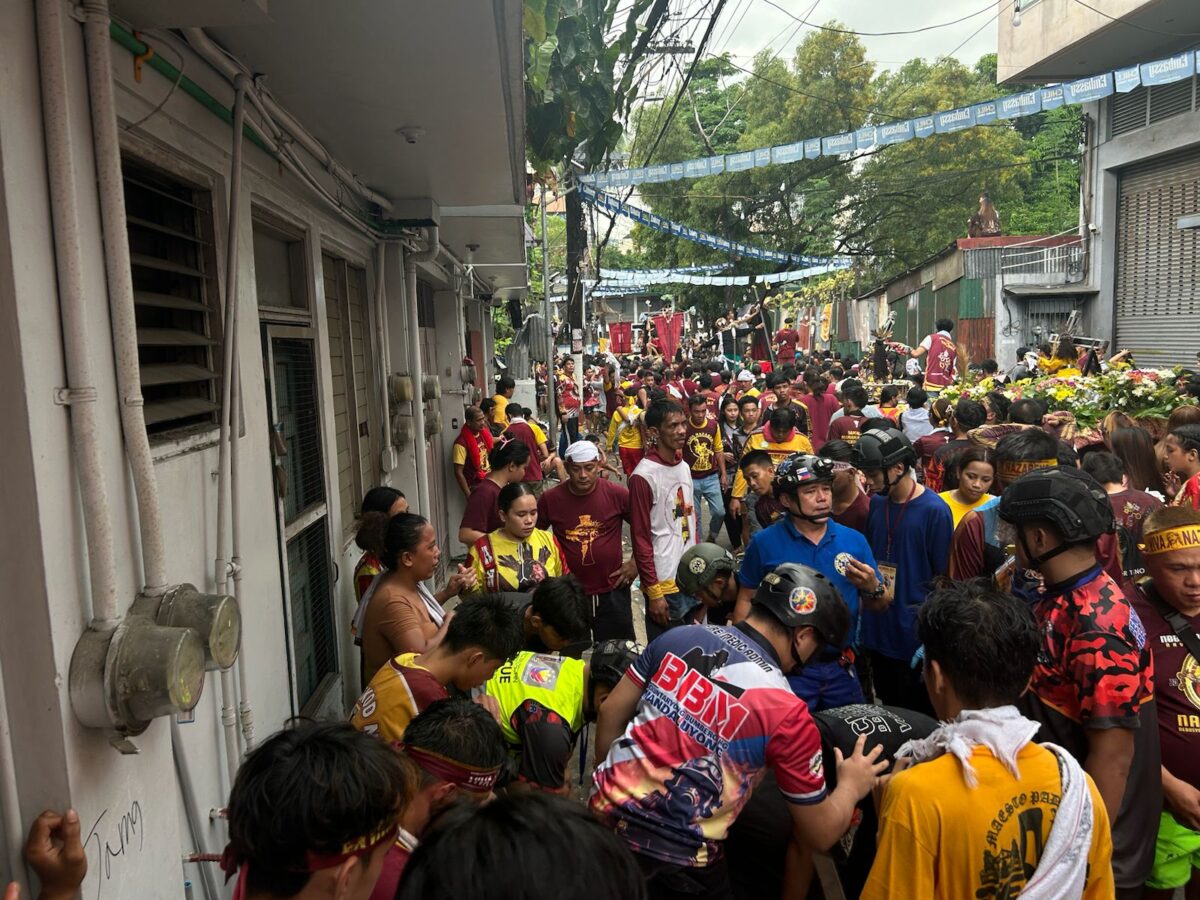
NAZARENO 2025 Medics and volunteers rescue a distressed devotee as the huge crowd follows the andas, or carriage of the Jesus Nazareno image, during the Traslacion in Manila on Thursday, January 9, 2025. INQUIRER.net/Zacarian Sarao
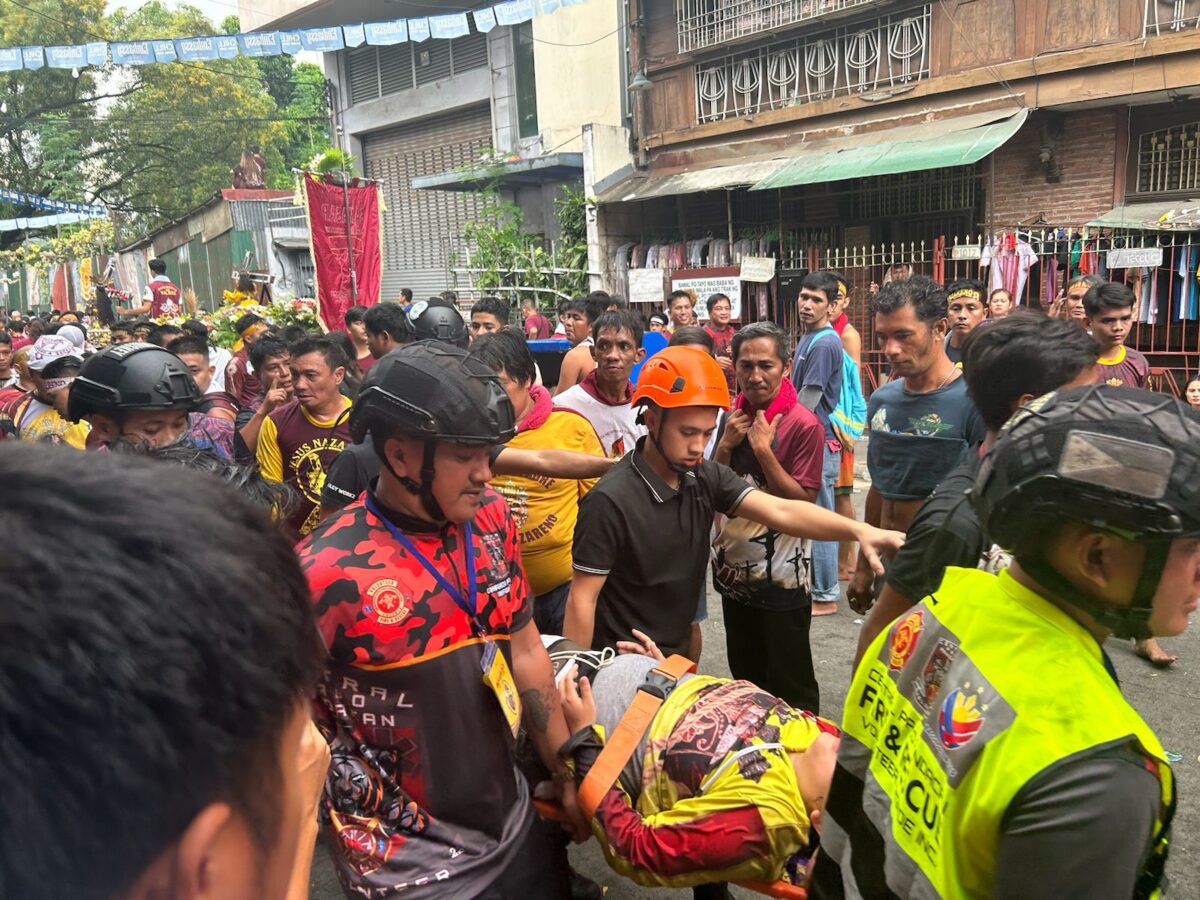
Medics and volunteers rescue a distressed devotee as the huge crowd follows the andas, or carriage of the Jesus Nazareno image, during the Traslacion in Manila on Thursday, January 9, 2025. INQUIRER.net/Zacarian Sarao